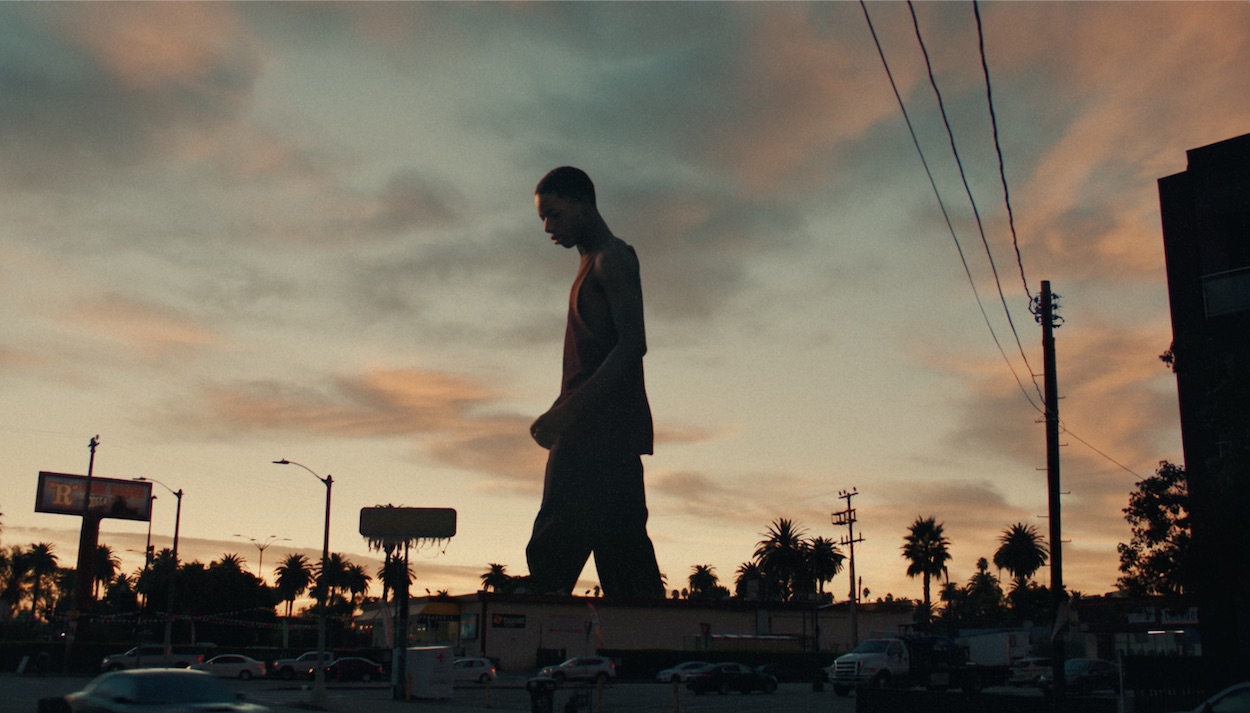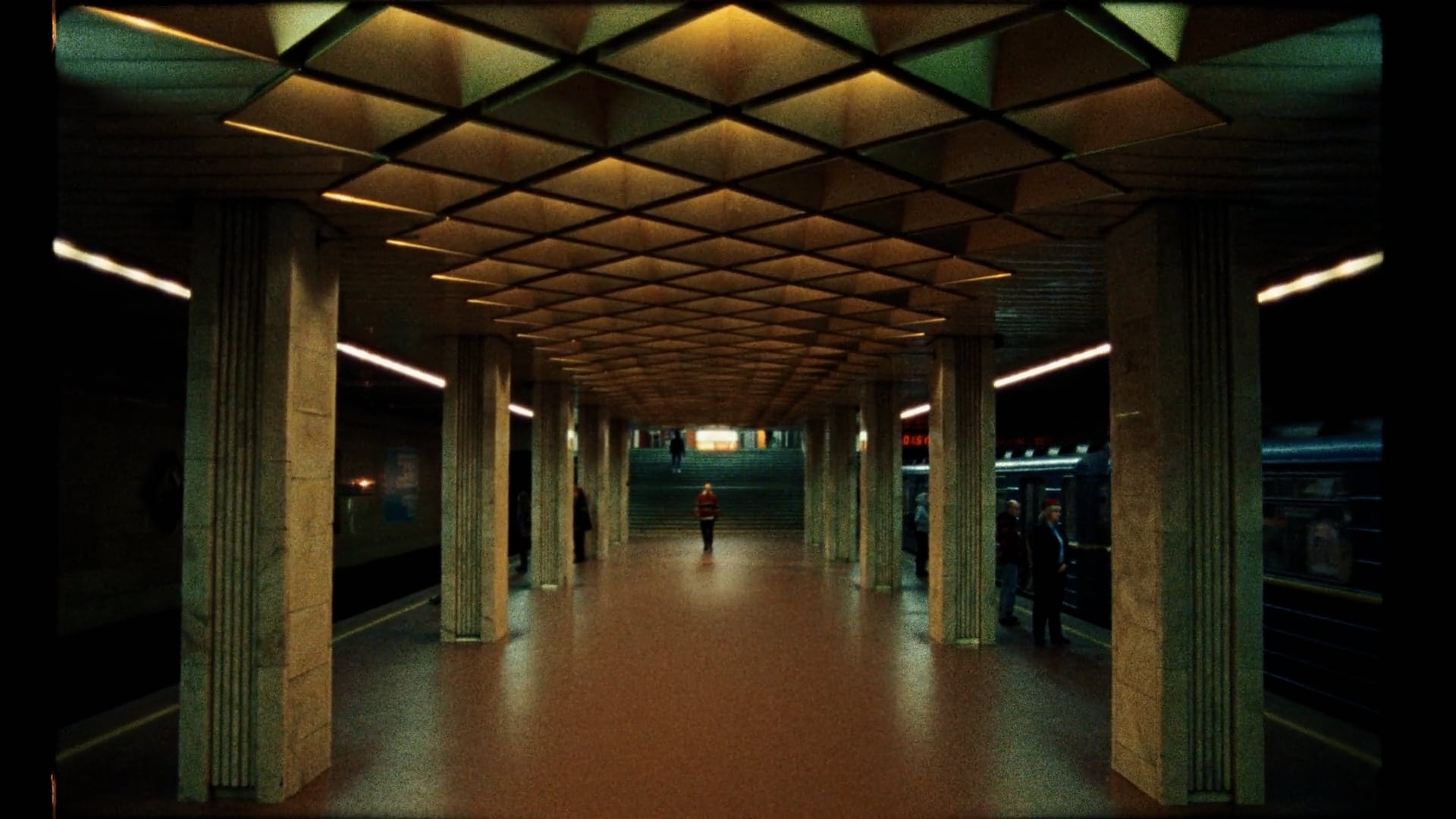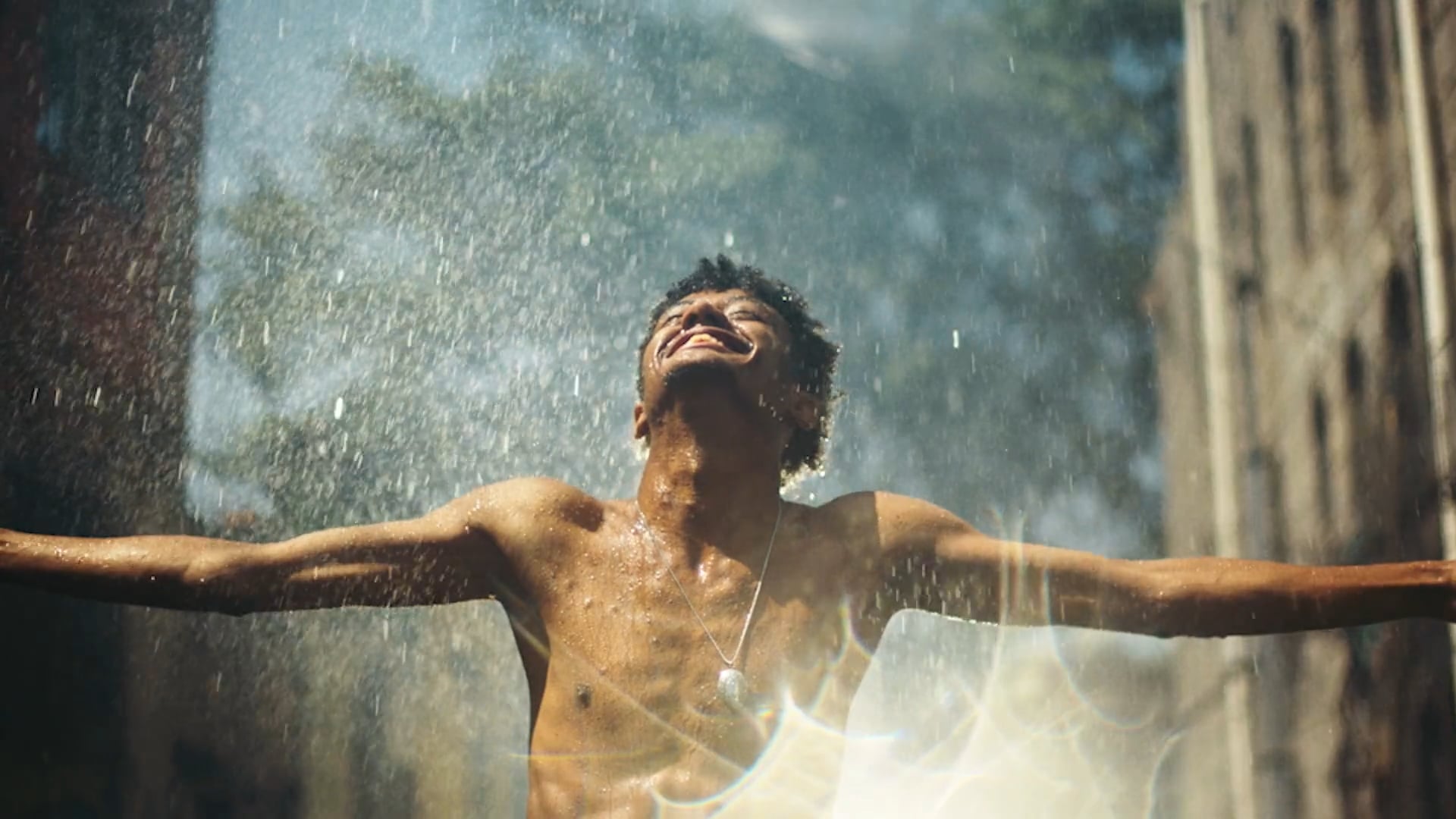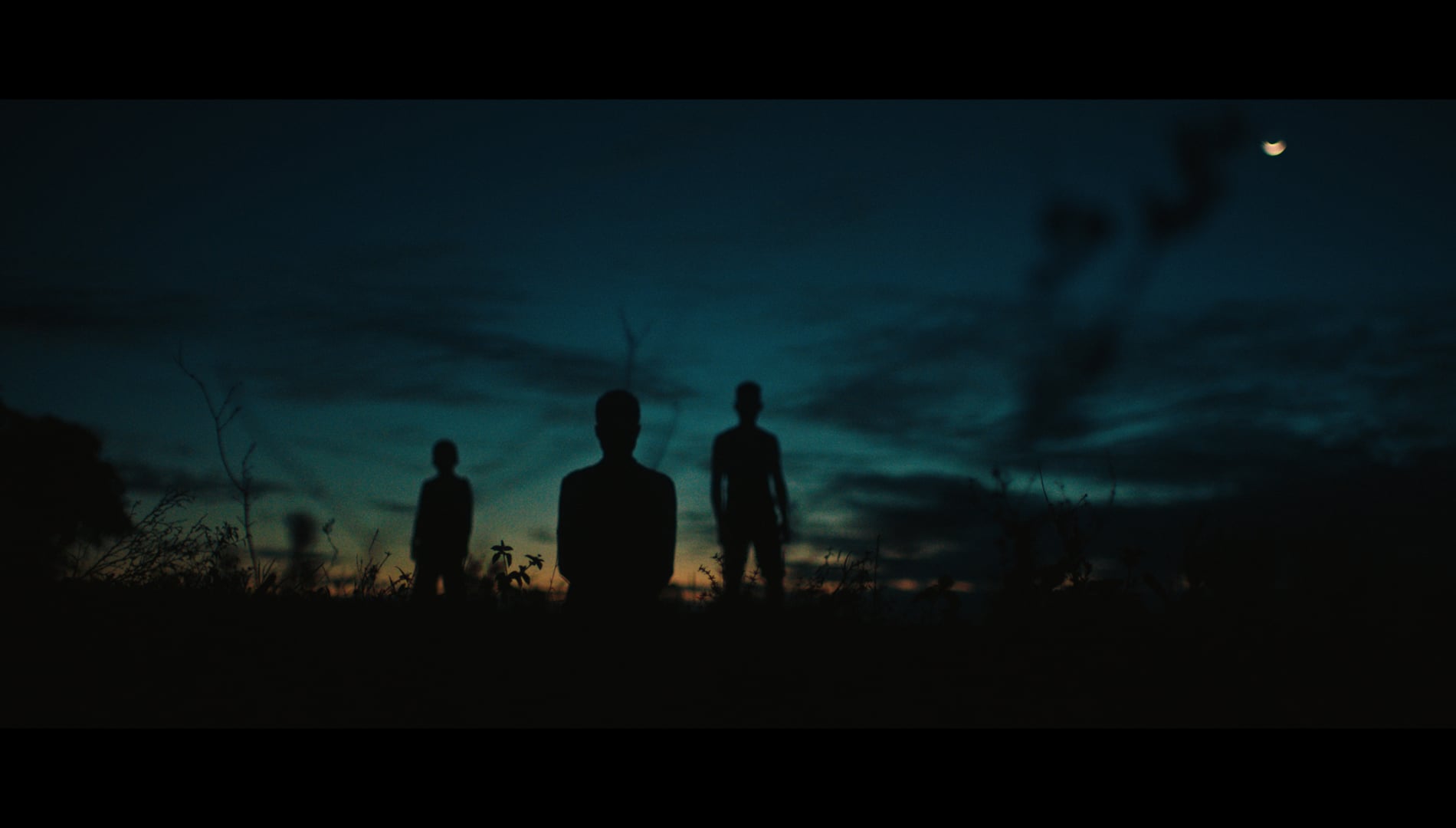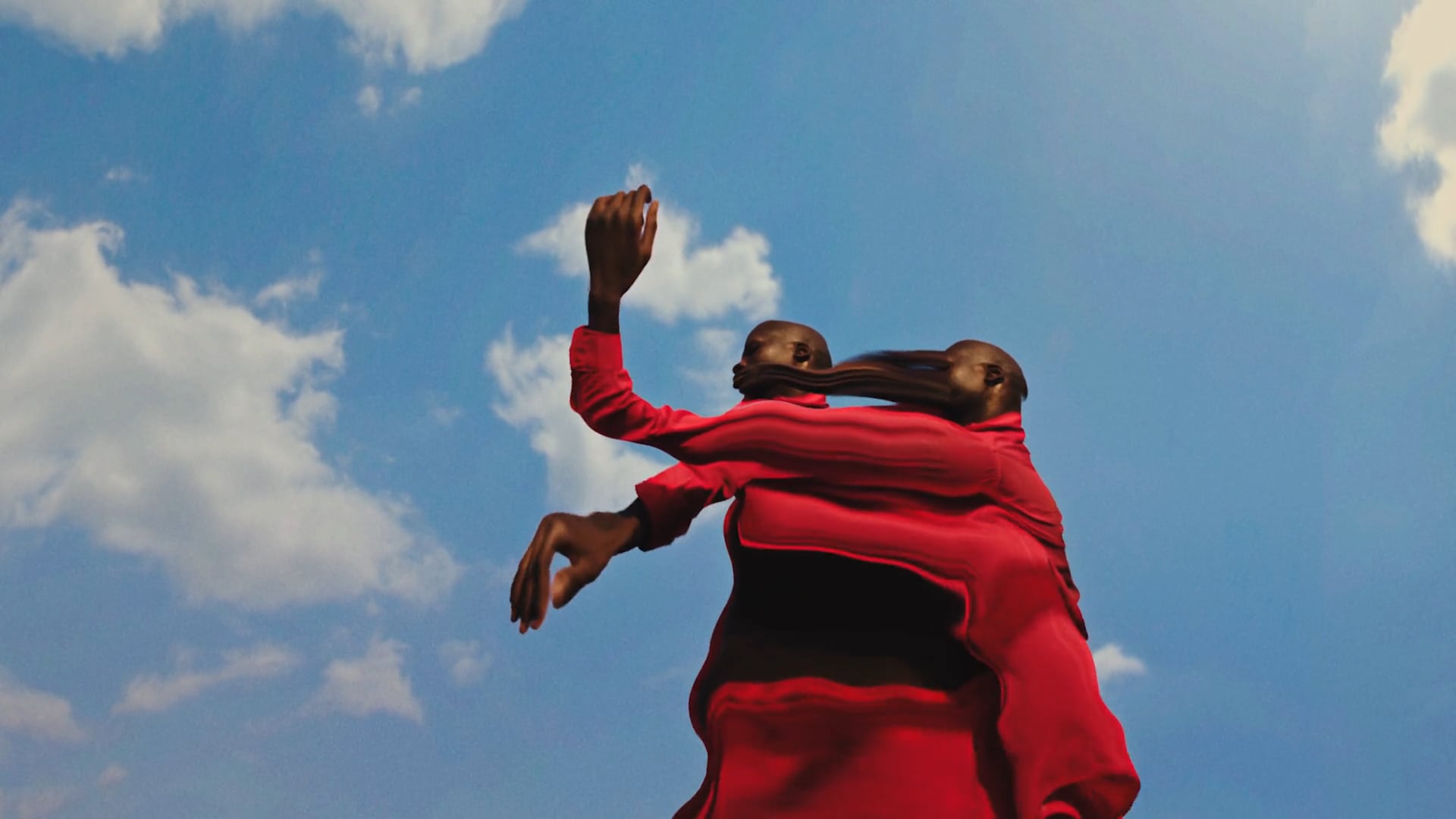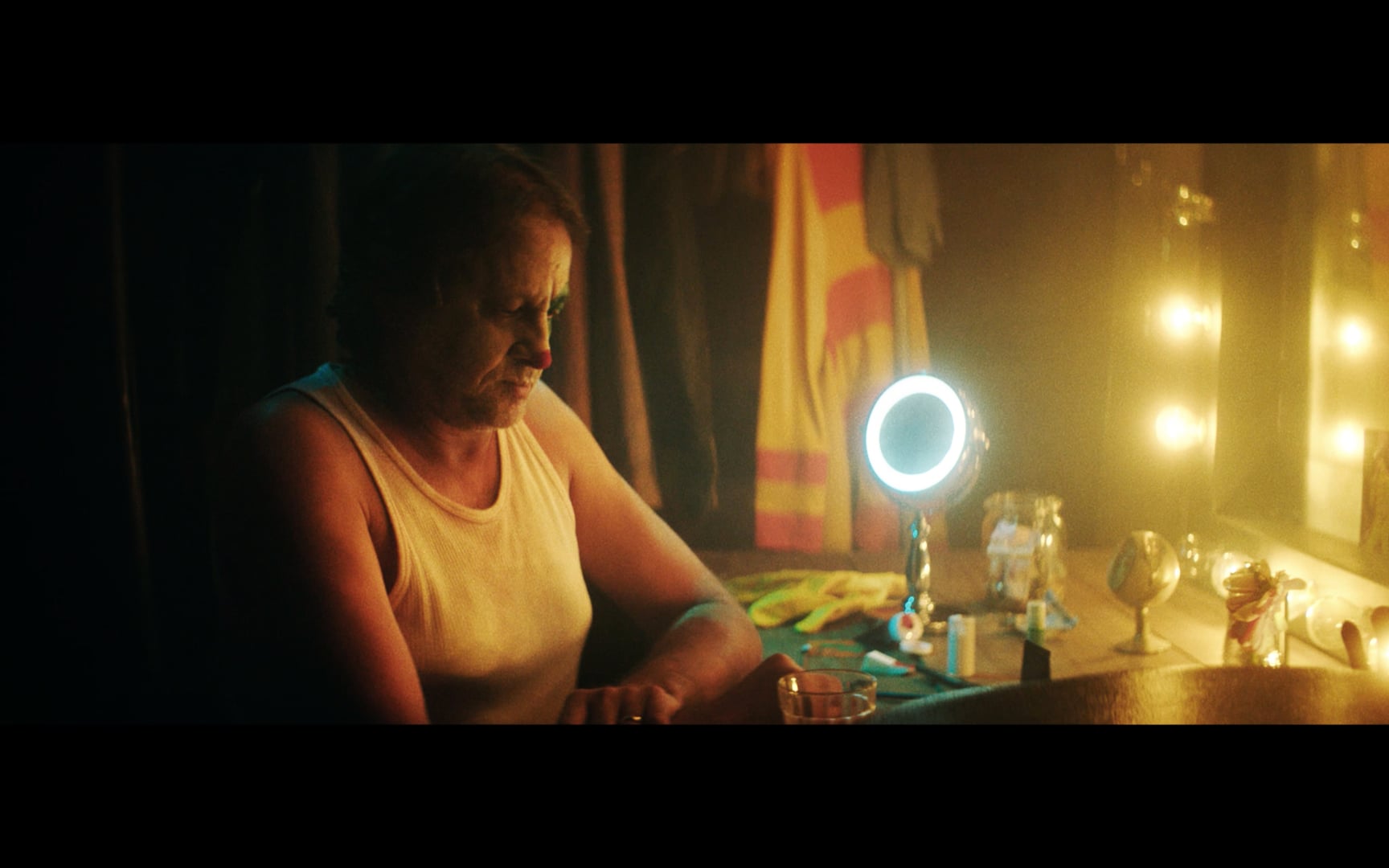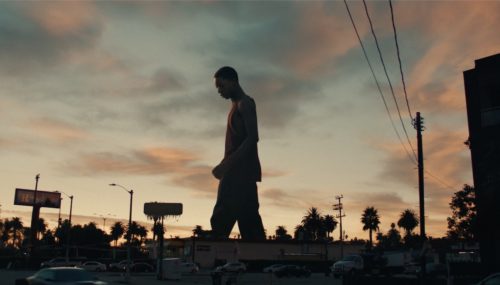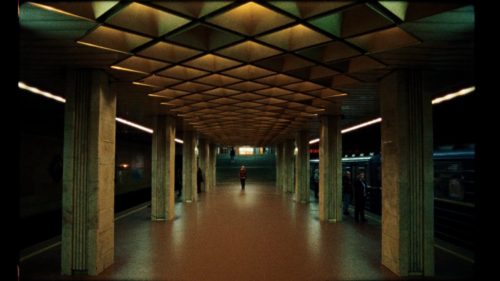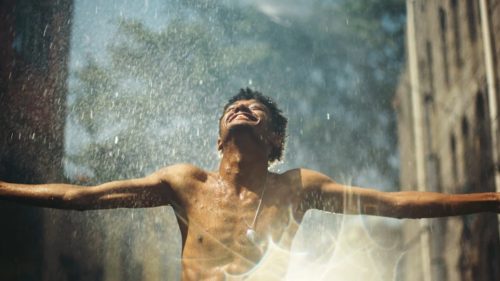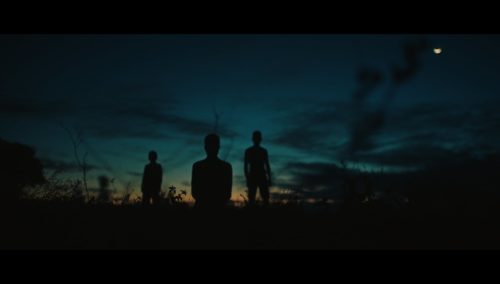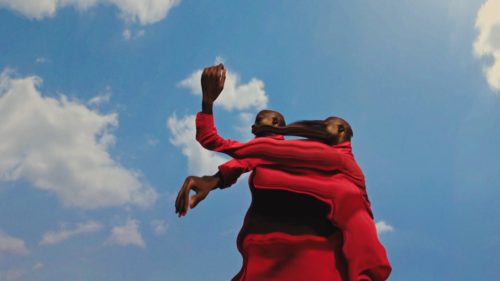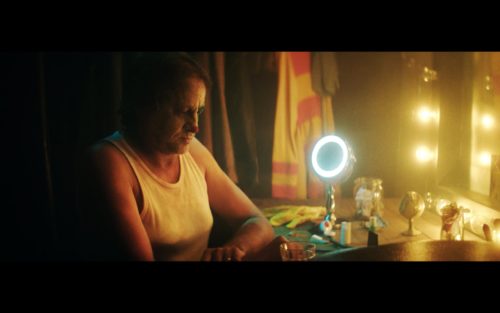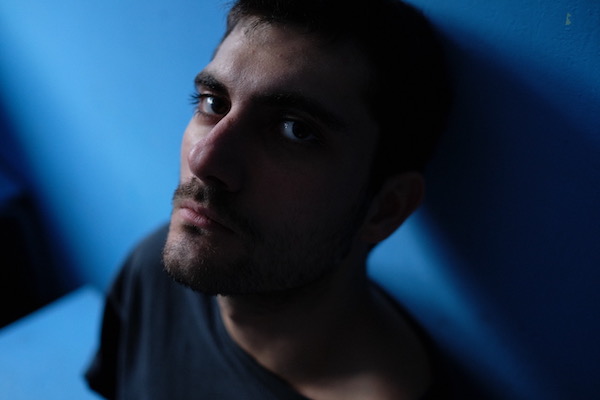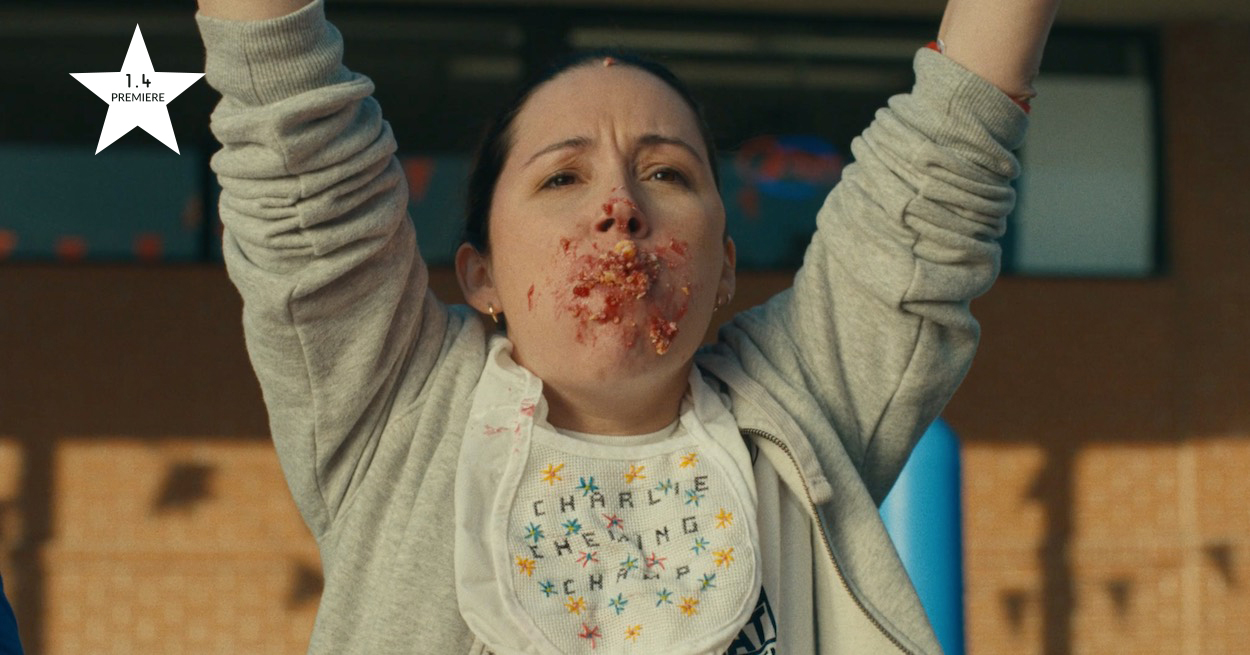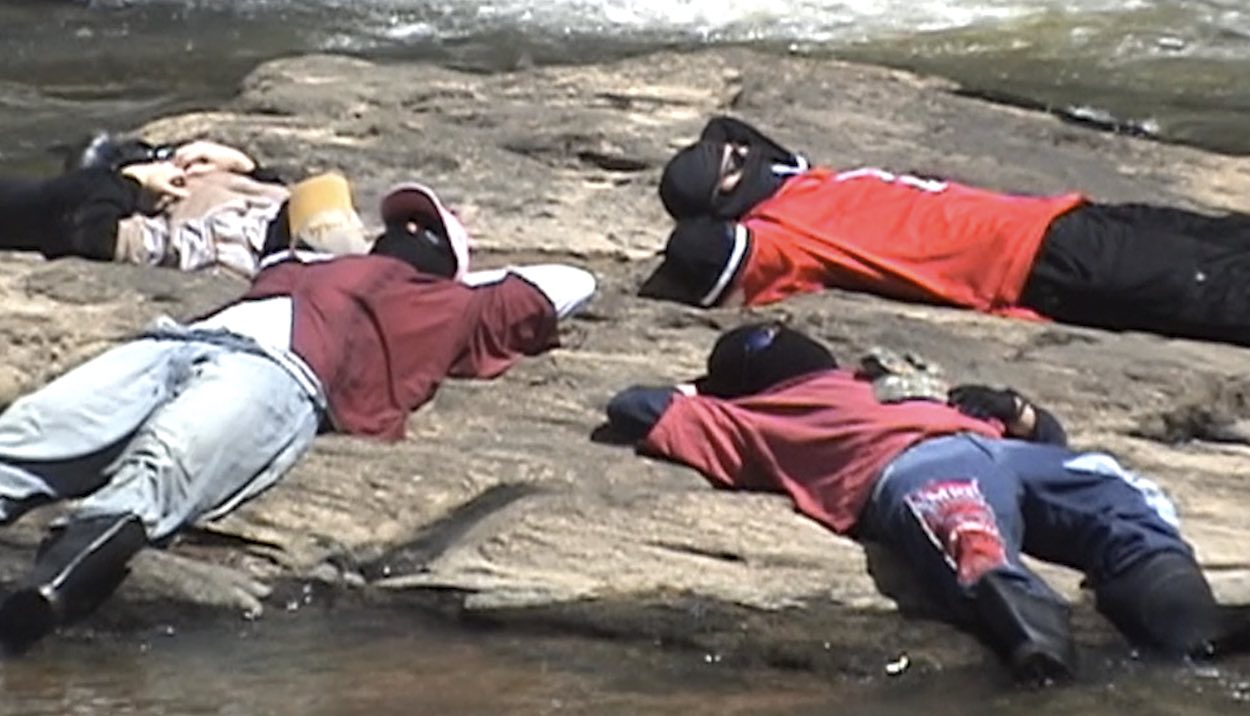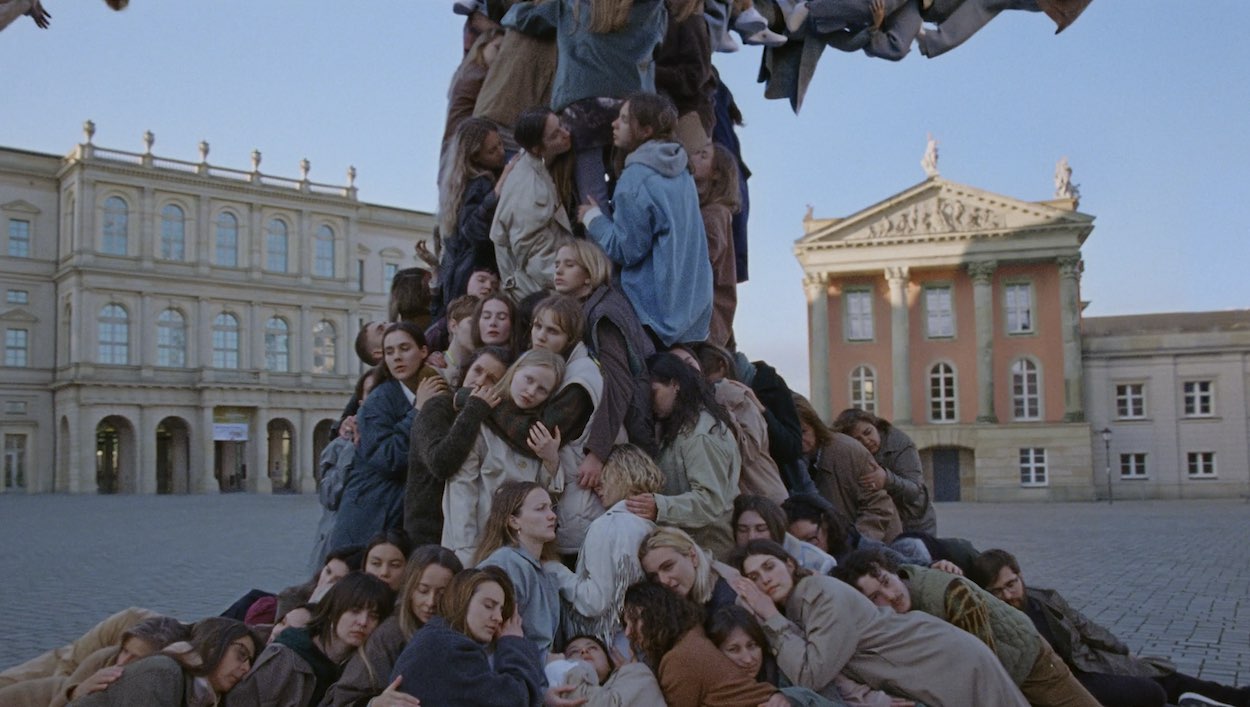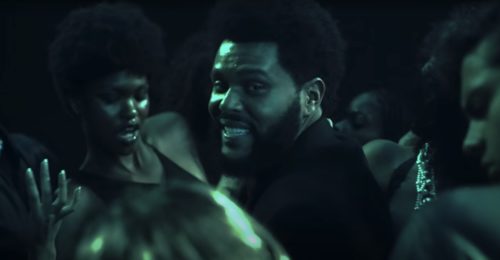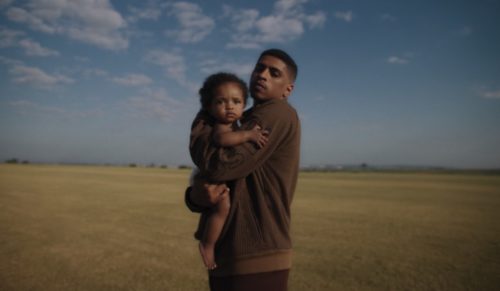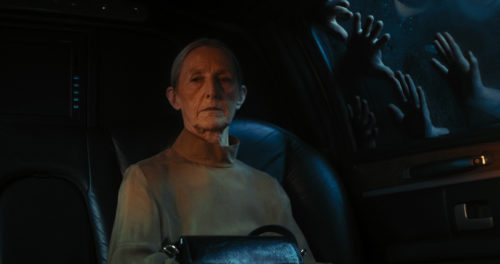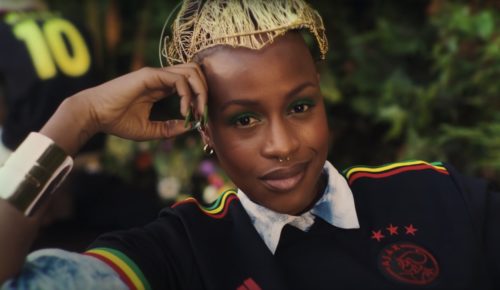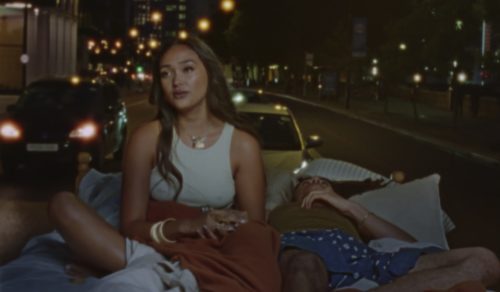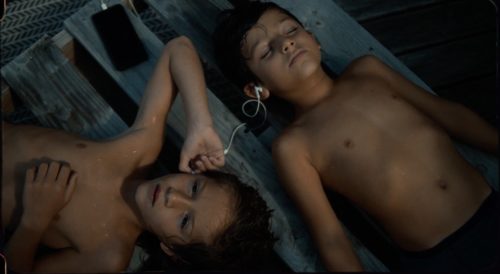Your parents owned a video store and you grew up watching movies – were you always destined for a career in film?
This is actually a fun story. My parents did own a video store at the end of the ’90s, when I was five or six years old. I was very interested in films, but things like The Lion King – it’s not like I was studying cult French cinema when I was a kid!
I wouldn’t say I was destined to work in film: it was unpredictable. I was studying journalism and at 16 got an internship as a runner at a small production company in my hometown, Porto Alegre. I was always curious around the creatives. I started to do treatments for some directors, 2nd AD, 2nd Units – all the way to directing. Hard work and passion are what brought me to where I am now.
You studied cinematography at New York’s School of Visual Arts and began your career as a cinematographer. How did the transition to directing come about?
I loved cameras and photography, and always had a camera on hand. My goal at university was to be a photojournalist. My biggest mentors, in the beginning, were DoPs or super visual-driven directors. They taught me a lot about tech stuff and also how to develop my sensibility.
Going to New York was important to start doing my own stuff, and I shot my first videos there. I was able to borrow an old Red One camera from the school and started shooting little, bad films around Brooklyn that year. We were just some friends trying to create something out of zero money, doing everything by ourselves as there were no director or cinematographer roles at that time. So directing and DPing were always attached to me somehow.
At some point, I realized that I liked the whole process of directing the most. Creating the concepts, doing treatments, editing. I loved the whole thing; and I was getting frustrated with the final results of most of the jobs that I was only DPing so I decided to establish myself purely as a director.
Your Brazilian heritage seems to be a rich source of inspiration in your work, and you’ve shone a light on hidden traditions such as the St John’s ‘War of Swords’ festival in Bahia province for Tagua Tagua’s Rastro de Pó. How has the country and culture shaped your approach as a director? What stories from Brazil do you still want to tell?
Brazil is a big country and unfortunately very stereotyped cultural-wise abroad. There’s a long history here, stemming from native Indians, European colonisation, the Portuguese Inquisition, slavery and dictatorship, which made the country very mixed and full of stories. A lot of very specific festivals and traditions were created as a result, and they really inspire me because they represent some of the best values of Brazil.
Before Rastro de Pó I did a few documentaries around Brazil, mainly in the north. Rastro de Pó was the first time I explored a mixed format of documentary and fiction in a music video, and it was one of the most beautiful filmic experiences of my life. We spent a month in the small city of Cruz das Almas and studied all the culture around the festival. We met the regional leaders and the production of the film became a big thing in the city. They still show the film in the city during St. John’s week [an annual holiday]. For me, there’s no bigger reward than leaving this memory for them.
I have more stories to tell from here. I’ve been researching some tales about native Indians in the Amazon and figuring out a way to mix different formats to tell them. I want to go beyond everything I’ve done so far in this upcoming project.
Favela life is something you explore in Bluesman and Land We Love; in contrast to the favela ‘poverty porn’ we’re used to (referenced in Bluesman, when a character talks about the viewer’s expectations of a man brandishing a gun and shouting ‘Cocaine!’) the world you portray is infinitely more joyful and vibrant, rich in colour and community. How important is it for you to show the other side of the coin?
I’m happy to hear that my work has been seen like that. It’s hard to explain, but when you do projects in the favelas and people see you as a propeller of good things and stories, they accept you, and from that, you get an incomparable sense of community, love and compassion. The humility you learn from those places is priceless.
It’s totally understandable why one might be afraid of these places: the media makes them look dangerous. But it’s important to know that that same media serves the interest of the politicians and business owners, who are the owners of the biggest cartels.
We are living hard times nowadays in Brazil, with the social inequality and political corruption that takes place. I feel it is my mission to deliver a better message about it to the world. I recognise my privileges as a filmmaker and try my best to use these to make something good and more humane. Fortunately, the films I’ve made are doing well abroad and are showing a brighter version of these places. It’s magical to see my work create a new wave of thinking. Shooting stories with a sensitive approach, making them more colourful, and making “ordinary” people heroes through the lens – this is very much my thing.
Your recent video for Gregory Porter’s Revival is a surreal parable about identity and self-perception, following a young man who shape-shifts through miniature and giant versions of himself, like a modern-day Alice in Wonderland. It’s a compelling watch, thanks to seamless VFX. Can you unpack the concept of the film for us and how you brought it to life?
We wanted a concept that was strong but at the same time accessible, that allowed the whole world to understand the message. I have an ambition to make films understandable to everyone. If I shoot a film in Brazil, I want to make sure people abroad will get it, and vice versa. An example of this was using the LA Riots as a background. They are known worldwide as an important event in the fight against oppression and racism.
The narrative is simple and follows the lyrics of the song – a tiny boy oppressed by the world who grows up and finds his confidence as a giant. The concept was simple, but the execution was tricky: the challenge was understanding how to merge the lyrics and images harmoniously, without being cheesy. I did a lot of studying of optical illusions, lens effects, and ways to do VFX compositions. I love the final result of the film, it keeps the theme of redemption and hopefulness, like my previous work, but with a fresh and new technical approach.
Revival also touches on the themes of racism and diversity, opening on footage of the 1992 Los Angeles riots. It’s a theme that is prevalent in your work, most notably in Bluesman, where the camera tracks a young black man running through the streets and we, the viewers, are forced to confront our prejudices when it turns out he’s simply late for band practice. Interestingly, Bluesman was awarded a Grand Prix at Cannes Lions 2019 alongside Childish Gambino’s much-hyped promo This is America, which also tackled the topic of racism, but in a very different way. Can you tell us how the film came together? Were you given free rein by the artist, Baco Exu Do Blues?
The process of creating Bluesman would be considered out of the ordinary nowadays. We had more or less than six months to develop the whole concept, script, and pre-production. The project was a partnership between AKQA SP, Coala Lab and Stink Films. The very first brief came from AKQA and was for a regular music video format to the track Bluesman, the main single of the eponymous album. At the time there wasn’t a narrative, only the key idea of our thoughts being permeated by institutional racism.
When Baco, the artist, took us to the studio to listen to the first mix of the album, I realized we could make something much bigger than a regular music video. The album had many concepts to explore – the bluesman idea, the poetic interpretation between the silver and black skin, and black youth empowerment as a whole. Together we chose three tracks that summarized the whole album and decided to transform them into a short film.
Meanwhile, as the production was flowing, we found the lead actor Kelson Succi in Rio de Janeiro’s theatre scene. We were drawn to his solo monologue performance called Cuidado com o Neguim where he ironically and poetically plays on what it means to have a black body in Brazil today. Not only was Kelson the lead, he was also a developer on the film and part of all the creative meetings and location scouts. He led the conversations with Baco about the creation of the film, and I became a listener and executor of their goals.
The trigger for the narrative, the concept of a man running, came to me on the day Kelson met us wearing large, geeky glasses. I asked him if he had problems with his eyesight or if it would be OK to shoot him without glasses. He answered, “I have perfect vision. But as a black man in Brazil, I wear these glasses and behave intellectually so people don’t cross the street when I pass.”
Honestly, we could do a whole other interview just talking about Bluesman. It was the experience of a lifetime. I learned so much, and I’m proud to see the message being spread over the world with the Cannes Lions Grand Prix and other awards.
There is an intense physicality in your films, with dance and sport used as a vehicle for self-expression. What is it about dance as a medium that attracts you as a director?
Any type of self-expression attracts me. When artists or athletes perform, they are telling us subtle stories and manifestations. These performers put a lot of effort into these moments and it’s beautiful how the camera can take it and transform it into something else.
Human relationships – like those between the mother and son in Rastro de Pó, and between the lovers in the short film L’Homme Statue – are beautifully and tenderly observed under your lens. How do you approach casting, and then how do you draw out authentic performances on set?
I always try to bring the actors inside a project as much as possible, and show them everything. Usually we create a nice relationship during film prep and it continues during and after the film has wrapped. All the main actors of my films are people that I really admire and appreciate.
Rastro de Pó was entirely street-cast. We spent a lot of time in Cruz das Almas, as I said before, and the actors were all from there. The story and characters were created from a mix of real things that happened in the city and my own relationship with my mother. L’Homme Statue was completely different because the “actors” were a real couple and the owners of the house that caught on fire. We’d been friends for many years before the incident, so our connection and intimacy was what made the film so real.
As well as your music videos and short films, your reel includes commercials for Fiat, Corona and Samsung. Do you have any other commercial projects planned for this year?
I love shooting commercials as well. I like the challenge of pitching my ideas to so many people and companies. Bigger agencies are starting to notice me now because of my personal work and they come to me wanting fresh ideas. There are pitches every week, they come and go, until something gets awarded. I would love to shoot more commercials this year, but commercials alone would never satisfy me as a director.
Interview by Selena Schleh
LINKS:
